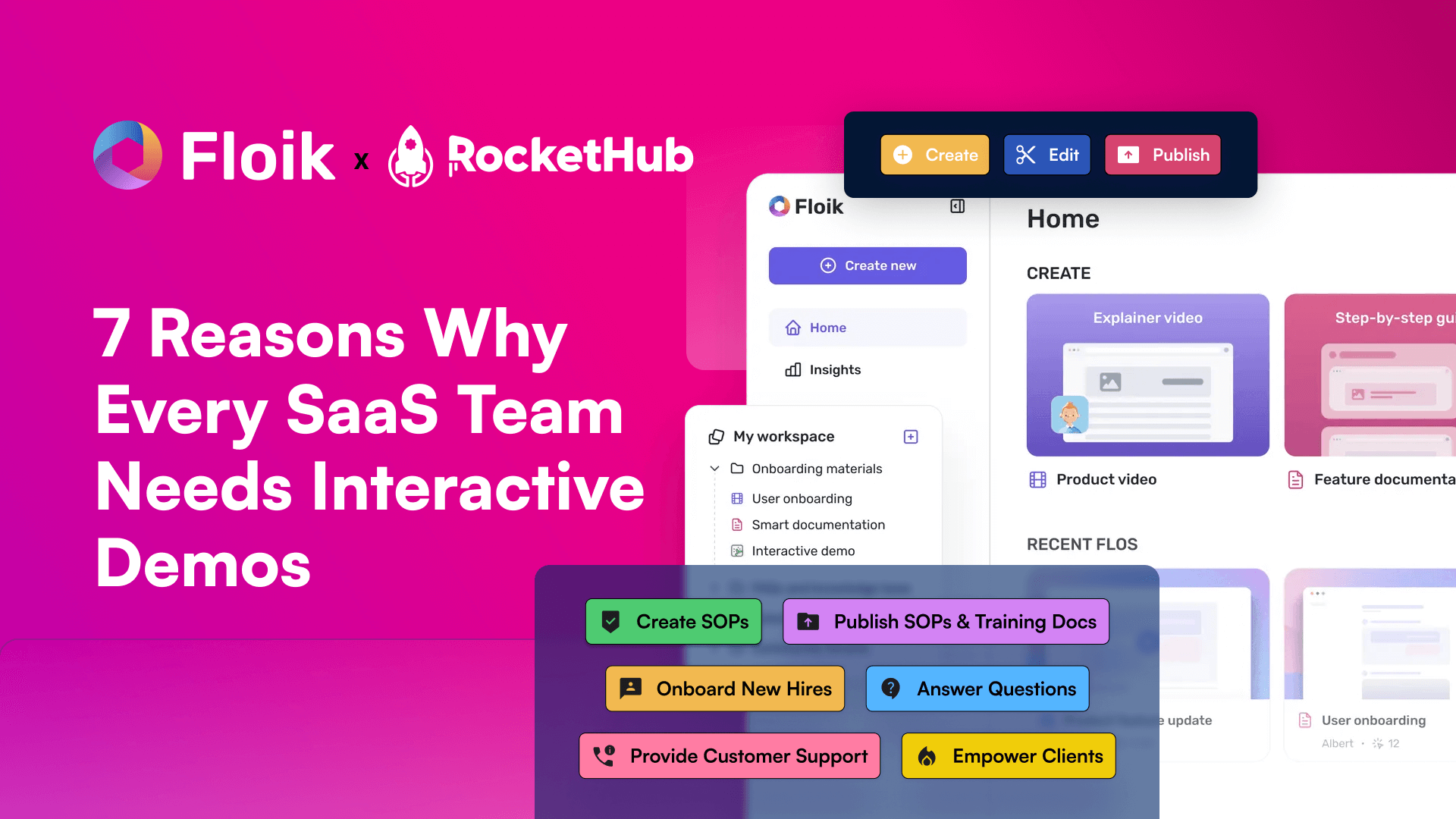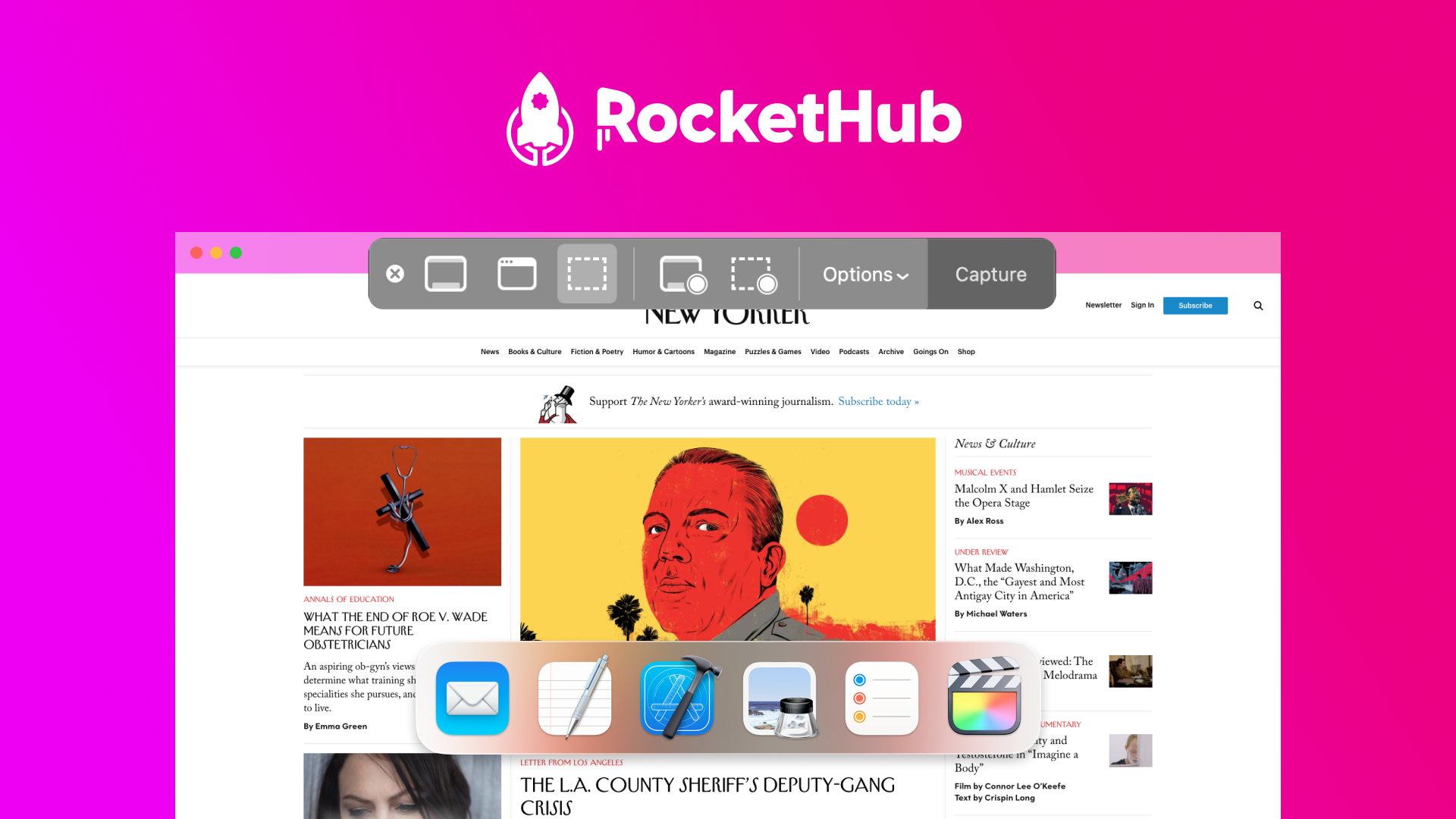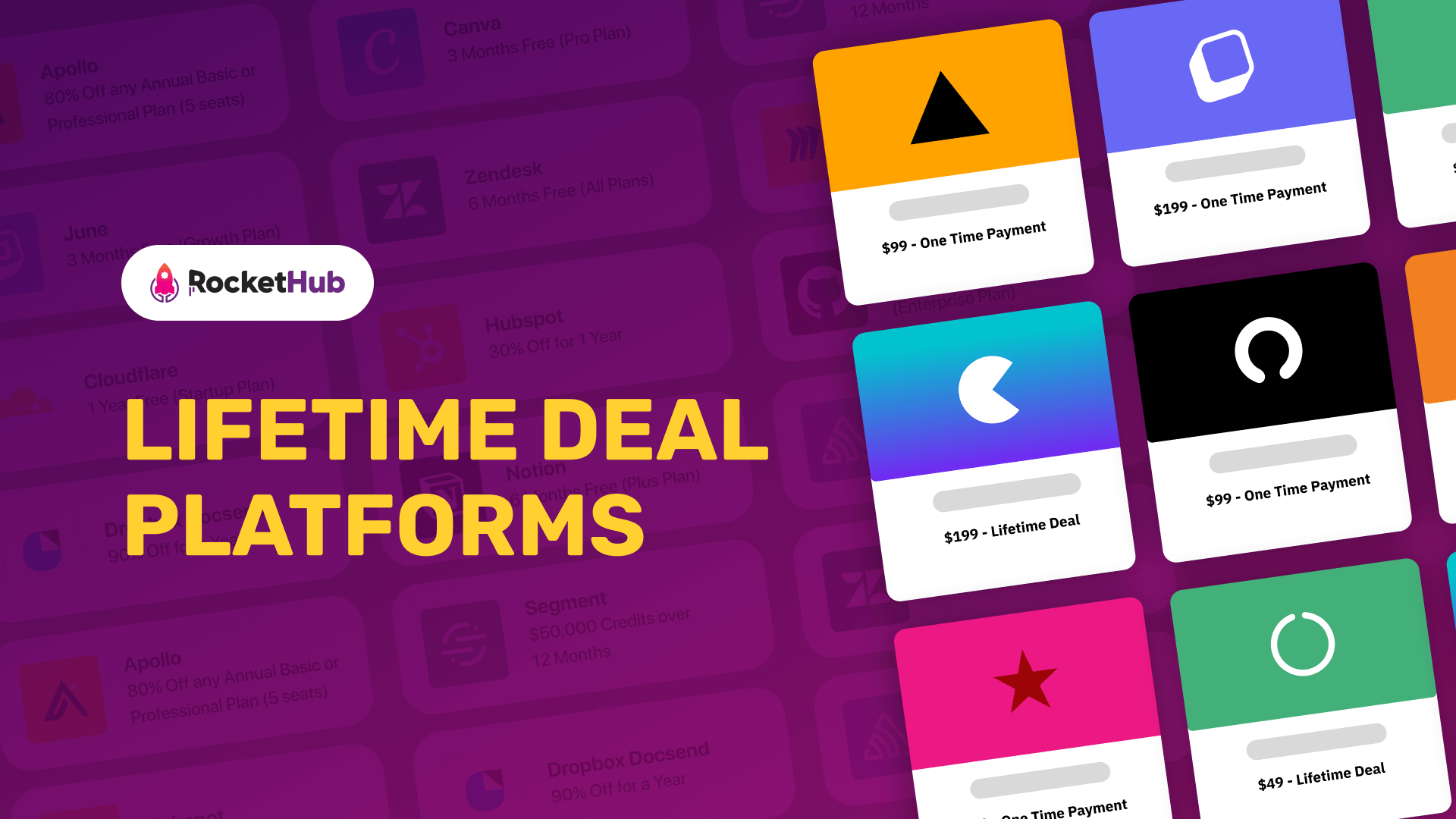
The Ultimate Guide to SaaS Financing
- Angel Alfred
- October 26, 2023

It is essential that you have a clear understanding of all aspects of your finances. Without a strong financial strategy, it is difficult to properly manage and grow your business. By the end of this SaaS Financing Guide, you will have a comprehensive understanding of the financial strategies and tools you need to successfully manage your SaaS finances.
What is SaaS Financing?
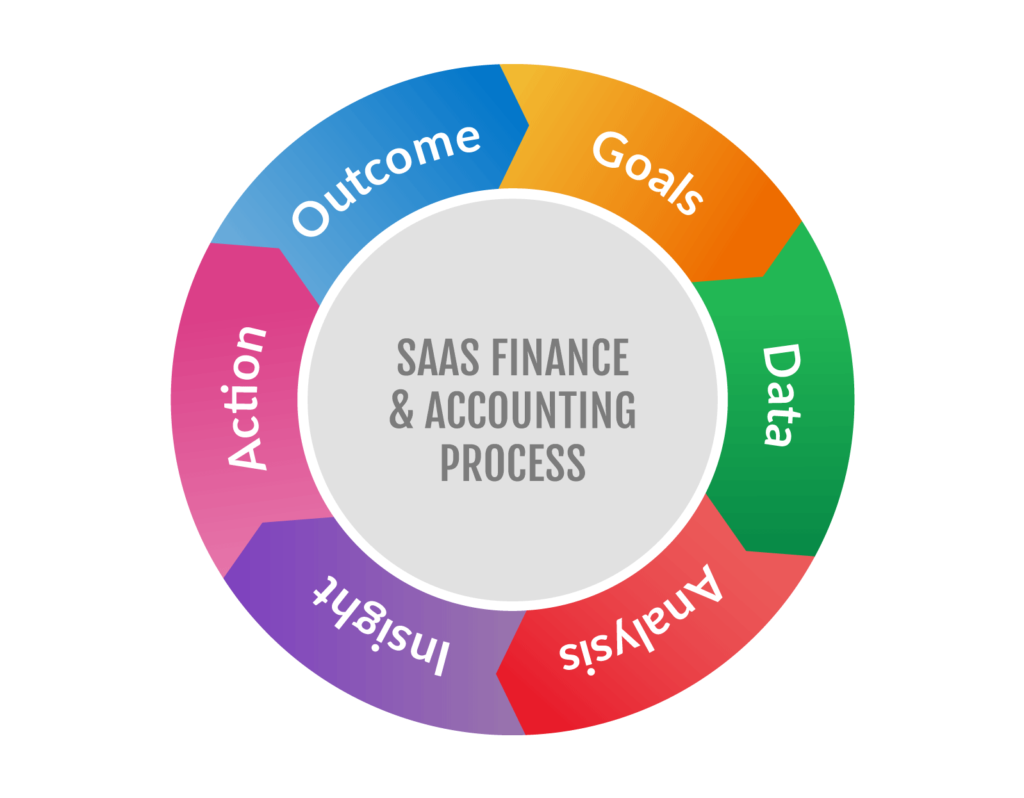
SaaS financing refers to specific financing options that are designed to assist SaaS startups. These companies usually have an end customer (or another business) that purchases the software, sometimes on a subscription basis and makes it available to its own customers.
One of the characteristics of SaaS financing is that it offers non-dilutive capital funding. This means that you don’t need to give backup equity for the money you receive. Instead, you can repay the investment with your company’s future sales – and only when your SaaS business begins making a profit. And if you are doing great, your repayment window shortens.
Financing options for SaaS companies are designed specifically with your business model in mind. There are several options that are also easier and cheaper to access, so let’s go through them in a little more detail.
What Does SaaS Stand For?
SaaS means “Software as a Service”, which includes companies in both the B2B and B2C space. Most people use at least one SaaS product in their daily life (for example, email platforms), so finance providers have created products that cater specifically to this industry’s needs.
The Stages of a SaaS Company
SaaS businesses share what you could call a ‘typical’ trajectory. Their life cycle tends to be as follows:
The Initial Stage
This is a very cash-intensive period. The company needs not just to develop the product but also to do a lot of R&D. At this point, there is still nothing to sell yet. You are mainly testing and sharing the software with internal groups and a few early adopters and seeing if there is a gap in the market for your idea.
The Networking Stage
The next step when launching a SaaS business is, typically, to create positive network externalities – or build incentives so you can recruit new users. Many SaaS startups use social media to work on the gradual growth of their product. Some examples of networking efforts can include promo codes, vouchers, and demos.
The Leveraging Stage
Once you have taken the time to network your SaaS products, the next step is usually leveraging its effects and the first revenue recognition. Generally, a SaaS business is, at this point, on its way up. The start might have been costly, but if things worked out, you now have the promise to scale exponentially. This can be one of the most exciting stages of your SaaS journey.
The Exit Stage
For the last step of your SaaS company journey, you tend to either sell or merge your business with a larger competitor; or you continue to grow on your own. This means it’s time to continue growing your product, move on to a new project, or enjoy your hard-earned rewards!
Each of these stages is part of the SaaS business lifecycle and has its own funding plan options.
For example, when you’re just starting, you will want to consider the very expensive runway you will require to build the SaaS product and go for a capital-intensive strategy. After your initial track record has been approved, however, you will usually have Series A Capital available. And, if you want to scale your operations, you might consider a Series B.
So, let’s discuss the different SaaS business financing options in a little more detail.
The Different SaaS Financing Options
SaaS businesses can raise money in a variety of ways, all of which are built to help your business by offering software as a service expansion. We covered the typical stages all SaaS companies go through when building their business. Now it’s time to review the finance options that are better suited for each of them.
Turning your Vision into Action: Seed-stage and Angels
When you just start a SaaS company, all you might have is a vision. This is why most SaaS businesses rely on someone else who also believes in your vision and can back your business model with cash flow.
Some founders use their own money to fund the initial requirements of building a SaaS company. Others rely on an Angel or Seed stage VC fund. It’s not just about the money; investors can bring capital but also contacts and knowledge to help you succeed.
Angel investing: An angel investor, or private investor, is a high-net-worth individual that can provide your SaaS business with backing. Typically, they do this in exchange for ownership equity in the company. Angel investors’ funds can be a one-time payment to get things off the ground or an ongoing injection to support the company through the early stages. Don’t think of anonymous cash; sometimes, SaaS founders’ family members are angel investors!
Seed Funding: Much of the seed capital a new software company raises comes from SaaS founders’ friends and family members. However, seed funding is usually also where venture capital financing begins. It takes a lot of time and money to build a SaaS company from the ground up, so entrepreneurs usually turn to VC investments to grow.
The distinction between these two groups is not always clear. Super angels, for example, are groups of investors on the hunt for startups, and micro venture fund firms also back companies at their beginnings.
There are also corporate seed funds (Google Venture is one example) that support startups in specific sectors like robotics and AI, as well as business accelerators and startup incubators that can provide you with mentorship, support, and funding.
Growing your SaaS: Series A capital
Series A investment is a round of venture money that typically comes after seed and angel investors have helped you grow your business operations. Usually, you are ready to apply for Series A Capital once you have shown your SaaS company’s potential to generate revenue.
Series A financing can bring millions of dollars to your SaaS startup. However, you need to demonstrate you have a viable business strategy and can expand your operations through hiring, purchasing, and pursuing long-term goals.
In exchange for their investment, financiers of Series A Capital typically gain a considerable or, in some cases, controlling interest in your company. Technically, there aren’t many other differences between Series A and seed capital (other than the amount of money involved and the type of ownership, that is).
Most Series A financing capital comes from two sources:
Venture capital (VC): A form of financing that usually comes from well-off investors, financial institutions, and investment banks. Although it typically takes a monetary form, venture funds can also be provided as technical or managerial expertise.
Private equity (PE): This type of capital, composed chiefly of funds and investors that engage in private companies and public companies’ buyouts that result in delistings, is part of a public exchange. Retail and institutional investors provide the capital, and that capital is used to fund new technology and bolster a balance sheet.
A private equity fund normally has Limited Partners (LP, who own 99% of shares in a fund) and General Partners (GP, who own 1% of shares).
These firms tend to manage multi-billion dollar portfolios and invest in several startups and SaaS companies in early development.
Although Series A investments can be risky for financiers, the payoff is a potential for above-average returns. Many SaaS companies go for this type of investment because they can’t yet access capital markets or bank loans. The downside of Series A capital? Investors usually get equity in your company – and a say in your decisions.
Scaling your Business: Series B and More
Once a SaaS company has proven it can attract customers and scale its revenue growth, many businesses choose to do more funding rounds – or growth rounds.
Series B Financing is usually considered the second round of SaaS finance funding businesses go through after they have met certain milestones and have moved on from the initial startup stage. They are considered of higher valuation, so investors typically pay a higher share price when compared to a Series A round.
Series B funding can come from venture capitalists, private equity investors, credit investments, or crowdfunded equity. These investments aim to expand operations – for example, by buying new equipment and inventory and hiring new staff. By this point, investors have seen what your SaaS company is capable of and can see whether an investment is worth it or not.
Investors in Series B typically prefer convertible stock (rather than common stock) because of its anti-dilution feature. Non-dilutive funding doesn’t give away equity or ownership of your company, so investors don’t get watered down in subsequent rounds. This type of investment tends to have less risk (than Series A), but financiers get in at a lower share price.
Another option for raising your business’s capital is debt funding (or debt lending). Your company sells debt instruments to investors and repays them at a later date – usually with some added interest. A common form of debt financing is a bank loan or bond. Debt financing is tax-deductible and allows you to plan your interest payments, but you agree to provide some of your business assets as collateral.
The Financing Advantages of SaaS
SaaS companies usually work with subscription models – or models based on annual recurring revenue. This offers one significant advantage, provided your customers continue to pay for your services (and this will definitely be the case if you have annual contracts), you can predict exactly how much money you will have and when. To keep pace with these models, it’s crucial to stay informed about the latest information on private businesses and their evolving financial needs.
What does this mean for securing financing for your SaaS business?
It means you can take your monthly recurring revenue model (or MRR) to your potential investors or non-dilutive financing partners upfront. And, of course, you can request the amount in investments assuring your SaaS business will be able to fulfill any obligations quickly.
Other key SaaS metrics that financing options consider when designing efforts to support SaaS accounting include:
- Committed Monthly Recurring Revenue (CMRR)
- Customer Lifetime Value (CLTV)
- Cash Flow
- Churn and Renewal
- Customer Acquisition Cost (CAC)
We will discuss these metrics in detail further.
SaaS Financial Model
A financial model summarizes your company’s position based on certain metrics and helps forecast its future financial performance.
A SaaS financial model is used to understand the full financial position of your business and project into the future. Our SaaS balance sheet template on the other hand simply shows your financial position at a specific point in time.
Most importantly, you can use this financial instrument to make future projections and hypotheses. A well-constructed model helps raise capital, present business performance to the board, or make important business decisions.
Ideally, your SaaS start-up financial model should tell the following things about your firm:
- Cost of acquiring and retaining customers
- Costs and benefits of switching to a subscription payment model
- Marginal benefits of a new subscription
- Financial sensitivity of your organization in the status-quo
- Changes needed to improve your company’s financial picture
Of course, figuring out these insights is not always easy, thanks to constant changes in variables like supply and demand, new regulations, etc. But this data puts finance teams in a better position to make informed long-term decisions. That’s why SaaS financial forecasting models are fundamentally important for SaaS firms.
Please note that a traditional or standard financial model may not work for your SaaS company. That’s because tracking financial goals in the SaaS space is different from that of other businesses.
Why do SaaS Companies Need a Unique Financial Model?
Because SaaS firms work differently compared to other businesses. The major reasons for this are:
Recurring Revenue
For simple retail businesses, each transaction brings profit. The associated cost of the item is deducted from the money the customer pays for it, and more transactions = more profit.
But the SaaS industry operates differently. There are a whole set of unique factors that drive growth and revenue in a totally different way than retail businesses. SaaS companies earn revenue on a recurring basis.
SaaS companies incur major costs in the development phase. They allocate resources to marketing or selling to prospects, but they don’t have fixed costs associated with each user. Instead, each additional user/subscriber helps the company repay upfront costs before profit can be achieved.
So, customer retention is important for a good SaaS finance model.
Unique Operating Costs
Standard businesses incur operating expenses, including rent, inventory costs, insurance, marketing, etc. But a SaaS company, in addition to these, incurs unique operating costs such as customer acquisition cost (CAC), customer lifetime value (LTV), LTV: CAC ratio, and more. These are particularly called SaaS metrics.
Complex Datasets
Exploring these metrics reveals complex sets of intertwined data, working together to drive growth and revenue.
So, you need a financial model that can accommodate all these unique metrics and operating costs.
SaaS Finance: Key Metrics (KPIs)
Financial metrics for SaaS companies may vary depending on your unique business model and its specific needs. The most common ones are explained below:
Recurring Revenue (MRR and ARR)
You need to calculate recurring revenue on two bases:
Monthly Recurring Revenue (MRR) for short-term growth: Divide the total value of each customer’s contract by the total months of their contract. Then, add the result for each customer together.
Annual Recurring Revenue (ARR) for long-term growth: Add revenue from each active contract (12 months or longer) at the end of the timeframe that you’re calculating.
Tracking MRR and ARR help understand how consistent your revenue stream could be; how, and why revenue changes over time; and if your revenue is increasing.
Customer Lifetime Value (LTV)
LTV is the total revenue you can expect from each subscriber over the lifespan of their time with you. It helps you understand if your SaaS product is fit for the target market; customer loyalty; and whether you’re losing money on customer acquisition. Higher LTV helps uncover new growth opportunities and expand your company.
To calculate LTV, multiply the average revenue per customer over a year by your gross margin. Then, divide the result by your churn rate.
Customer churn rate: Percentage of users who abandon or unsubscribe from your service within a given time period. Divide the number of customers lost in a specific time frame by the number of customers at the beginning of that period.
Revenue churn rate: The monetary amount lost over a certain time frame. Subtract your MRR from the month’s end from the MRR from the month’s beginning. Next, from this result, subtract the MRR in customer upgrades from the same month. Finally, divide the result by your MRR from the month’s beginning.
This metric helps understand your customer satisfaction, retention, and whether your marketing efforts are working. A high churn rate means customers aren’t satisfied.
Customer Acquisition Cost (CAC)
CAC shows how much money you spend to acquire a new customer. CAC helps understand whether or not your sales are covering your expenses on marketing.
To calculate the CAC of your SaaS company, take total expenses on sales and marketing and divide it by the number of new customers acquired over a given period.
CAC Payback Period
The payback period shows how long someone needs to be your customer so that you can reach your break-even. A shorter CAC payback period means more profit per customer.
If it remains the same or longer than the contract’s length, it means your SaaS business is either breaking-even or losing money on customers, respectively.
To calculate your CAC Payback Period, divide your CAC by the total MRR, multiplied by the gross margin.
Gross Margin
The gross margin of your SaaS is the total amount of revenue from your customers after deducting the total costs of services. These costs can include costs of customer support, web hosting charges, account management, etc. A higher gross margin means you’re retaining more money from every sale.
Besides these, it also helps track other SaaS financial metrics like:
Market Size
Some software programs are meant to be used by everyone, while some are designed for a specific audience. So, understanding your target audience can help you develop a strong marketing model. Also, the market size determines the way SaaS companies will need to plan new approaches and investments.
Discount Rate
Applying an industry-consistent discount rate makes it easier to determine how much future cash flows are worth in the status quo.
Unit Cost
For SaaS, the unit cost may stand for the cost per feature, per product, per message, per customer, or per dev-team. So, it’s important for you to understand the unit metrics and how they relate to your cloud costs. It will help your team make profitable engineering decisions.
Cost of Goods Sold (CoGS)
Finding solutions to reduce the cost of goods sold is one of the best ways to improve your profit margins. The more data you get, the more accurate financial models can be built.
Types of SaaS Financial Models
A financial model for SaaS start-ups focuses on user and feature standards. It’s not related to one-time purchases. Instead, it’s dependent on the revenue generated by the users.
It also combines three financial statements: cash flow, income statement, and balance sheet. While there are numerous SaaS financial models, here are the main ones listed for you:
3-Statement Operating Model
As the name suggests, a 3-statement operating model contains three accounting statements of your business:
- Cash flow statement
- Balance sheet
- Income statement
Together, these statements represent a company’s financial position as a whole. Since all three statements are connected, if there is a change in one, then the other two should be adjusted accordingly.
The operating model forecasts the financial status of your SaaS company and potential issues. It serves as the base model for other financial forecasting models in the list.
Forecasting Models
Financial forecasting models forecast the ultimate financial performance of any business area (like revenue, income statements, capital expenditures, etc.). Results are then added to the final financial model.
The forecasting model is useful for cost estimation, resource allocation, and appropriate budgeting for any SaaS start-up. All this information and prognosis help a SaaS business to come up with data-driven strategies for better growth. It also gives a comparative study of past performance with future ones.
The financial forecasting model is also helpful when you’re seeking investments. Potential investors review your statements and forecasts to decide whether your business aligns with their investment goals.
Mergers and acquisitions also involve reviewing the results of financial forecasts. All in all, a SaaS forecasting financial model helps make major business decisions for future growth.
Five types of forecasting models for SaaS include:
Bottom-up financial forecasting model: This model uses current financial statements and sales data. Using this model, you can review the company’s lowest point and calculate future scenarios accordingly.
Top-down financial forecasting model: Useful for start-ups, this model helps assess the market size and determine how much of the market you can secure. It’s a perfect model for evaluating potential growth opportunities in any new space.
Correlation forecasting model: This model helps identify and track correlating variables, such as supply and demand or pricing and costs. By looking at the relationship between variables, you can determine how growth in one area might influence another.
Statistical forecasting model: Also known as the quantitative forecasting model, this method helps compare your operations with your competitors. It’s also useful for assessing profitability, growth rates, and benchmarks in the industry.
Delphi forecasting model: In this model, you get your business forecasts from industry experts with a facilitator leading the group. It involves iterating on hypothesis and analysis collaboratively to reach a consensus point. Experts also answer a series of questionnaires. All of these insights help your SaaS firm make informed decisions and discuss relevant issues.
Reporting Models
Reporting models have similar fundamental characteristics as other financial models. This means they have the same designs, structures, and principles as others. This model features the entire finance history, including all three financial statements, costs, and revenues.
The model is also effective for generating a comparative report between the real and budget reports. Also, it aims to track, examine, and report the income of a SaaS start-up to help them manage and make informed business decisions.
Discounted Cash Flow Models
Discounted cash flow is a financial model that predicts and discounts the cash flow of SaaS companies to reach the current values. It is also considered a valuation method where it uses these predictions to analyze the company’s worth. Simply put, it evaluates the intrinsic value and illustrates it as per-market value.
The base of this model comes from the Integrated Statement model that we mentioned earlier. It sources the cash flow from the base model and makes the necessary modification. After that, it discounts back to the current value. These models are well-detailed and include major assumptions along with future expectations of a SaaS business.
Leveraged Buyout Models (LBBO)
The LBO model is a type of transaction where any SaaS company is acquired through debt. It’s where any organization borrows maximum funds from lenders and sources the remaining amount from their own end. The borrowed amount could be anywhere around 70-80% of the cost-price.
The LBO financial model is comparatively more complex and advanced than other models. To build a thorough and insightful LBO model, you need the following:
Assumptions on inputs include financing, operating metrics, uses of cash, and operating scenarios.
Financial statements: Income statement, balance sheet, and cash flow statement.
Transaction balance sheet: It lays out the capital structure of your SaaS business after the LBO transaction is completed.
You also need to be prepared with your credit metrics, sensitivity analysis, charts, and graphs.
What Makes a Good Financial Model for SaaS Start-ups?
Besides selecting an appropriate financial model for SaaS start-ups, there are certain standards that make it a good model. For example, it should be insightful and easy to understand yet not haphazard. Your financial forecasting models should pass on the following hallmarks:
Accurate Assumptions
In a financial model, an assumption gives a clear idea of the company’s growth as per the current performance. Not only is it the starting point, but also an implication of the company’s upcoming financial statements. A good financial model should provide accurate, realistic, and quantitative assumptions of your SaaS business.
The model should provide equitable data that correlates with current performance and past values. It should be clear, without any irrelevant data. That’s why it’s important to always check the values you are adding.
Error-Free
Your SaaS financial model should be error-free and precise. The formula you use should be consistent, and the numbers should be accurate. Keep values clearly visible and free from fatal errors such as intricate models, lack of data integrity protection, illogical layouts, hiding rows/columns, complex formulas, etc. Also, it should not feature hard values as it makes the formula more complex.
Flexible
Your SaaS financial model should be flexible and adaptable both in the present situation as well as in the long term. A dynamic model allows users to add various values to cash-flow projections, debt services, inflation rates, and other sections. In addition, different analysts can add different data based on their unique projections. So, your model should be adjustable and manipulatable across different fields.
Simple and Easy to Understand
A good financial model doesn’t have to be complex. Rather, it should be easy to read and understand, and organized using a well-structured layout. Be consistent with page breaks, color schemes, columns, fonts, and every other element you use. Please remember that consistency and formatting make even complex models simple to understand.
Conclusion
SaaS financials are complex but they don’t have to be intimidating. Having a clear understanding of the key financial metrics helps you to make data-driven decisions and ensure sustainable growth. By following the tips and advice outlined in this guide, you can ensure that your SaaS business is on the right track to success.
Share This Post
Angel Alfred
Angel is a digital marketer, a mental health speaker, and above all, a writer. She loves being a part of the RocketHub team and is keen on learning and taking over new challenges every day!
Table of Contents
Get The Latest Updates
Subscribe To Our Weekly Newsletter
Sign up below to be one of the first crew members onboard and get early access to amazing deals.
Recent Posts


Social Media
Categories
Related Posts

Lifetime Deal Platforms
The best lifetime deal platforms for software. Platforms lik RocketHub scour the web for the highest quality products to bring buyers the best lifetime deals on their platform.

How to Work for Yourself + 13 Solo Business Ideas
Do you ever wonder if being your own boss could truly set you free? In this article, we’ll explore the theory that unleashing entrepreneurial freedom
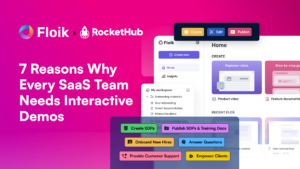
7 Reasons Why Every SaaS Team Needs Interactive Demos
Making a Case for Interactive Demos: 7 Reasons Why Every SaaS Team Needs Them Let me paint a scenario for you. You want to buy

